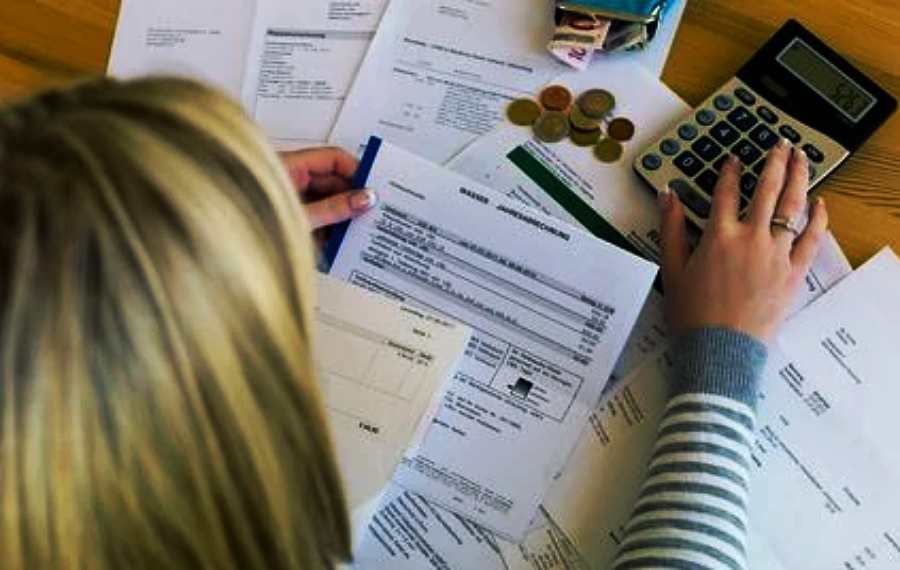Tue 30 August 2022:
Millions of households in the US have unpaid utility bills as a result of increased living expenses and the effects of inflation; this problem could become worse as power outages and cooler winter approach.
The National Energy Assistance Directors Association, which collects national data on energy assistance programs, says 1 in 6, or more than 20 million households, are behind on their power bills, The Hill reported.
A primary source behind the utility debt is a surge in energy prices. Natural gas prices have jumped since Russian military operation in Ukraine. The cost of natural gas was up 30.5% year-over-year in July, according to the US Labor Department. The average rate for electricity was up about 15% in July — the largest increase since 2006.
Across the country, millions more are over 60 days behind and in danger of losing their service as the bill is coming due.
In March, the Office of the New York Comptroller said 1 in 8 New Yorkers hadn’t paid their utility bills. That’s 1.2 million people owing a combined $1.8 billion to utilities, and since then, not much has improved.
In New Orleans, some residents carry four-figure utility bills. On Saturday, Entergy New Orleans hosted its first energy fair to learn more about payment options, energy-efficient education, electric vehicles and hurricane preparedness.
“This is a great opportunity, providing that we have the money to go ahead and assist our residents,” it said.
In Indiana, Duke Energy, the state’s largest power provider, is considering a 7% price hike or $11 more on each bill starting in October.
Utility companies blame inflation and the high cost of natural gas for inflated prices.
“This is a temporary rate increase. again, fuel cost fluctuates,” said Angeline Protogere, a Duke Energy spokesperson.
With “pandemic” utility moratoriums expiring, power companies are preparing for shutoffs, meaning it could be a long cold winter for many families.
“We are continuing that moratorium until September 1st,” said Patrick Stella of National Grid, a power company providing service in New York, Massachusetts and Rhode Island.
For those drowning in utility debt, all 50 states received nearly $5 billion in federal funding for home energy assistance programs to help low-income families pay their high utility bills.
It’s usually first come, first served, and with millions of people in the same predicament, waiting to ask for help could leave people in the dark.
This has been a very hot summer for many parts of the country, which left people running their air conditioners longer, only adding to their outstanding unpaid balances.
Without the federal protections in place to prevent shutoffs like those that existed early in the pandemic, utility companies are seeing customers rack up debt at an unprecedented pace.
While late and unpaid bills for utilities are common and have always been, it’s the amount of utility debt that Americans have racked up that’s leading to calls for more federal assistance to pay down these balances.
Before the pandemic, the National Energy Assistance Directors Association reported that overall, Americans had about $8 billion in utility debt.
As payment moratoriums kicked in, the number began to grow to more than 13 billion. Then, in the first six months of this year, utility companies hiked rates and more Americans fell behind on their bills, adding $3 billion in utility debt in 180 days.
NEWS AGENCIES
___________________________________________________________________________________________________________________________________________
FOLLOW INDEPENDENT PRESS:
TWITTER (CLICK HERE)
https://twitter.com/IpIndependent
FACEBOOK (CLICK HERE)
https://web.facebook.com/ipindependent
Think your friends would be interested? Share this story!





